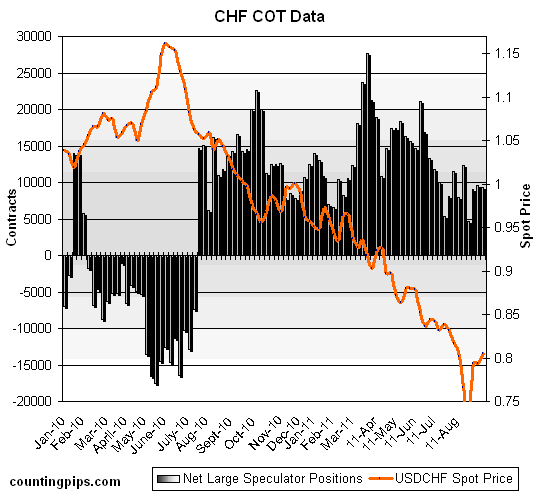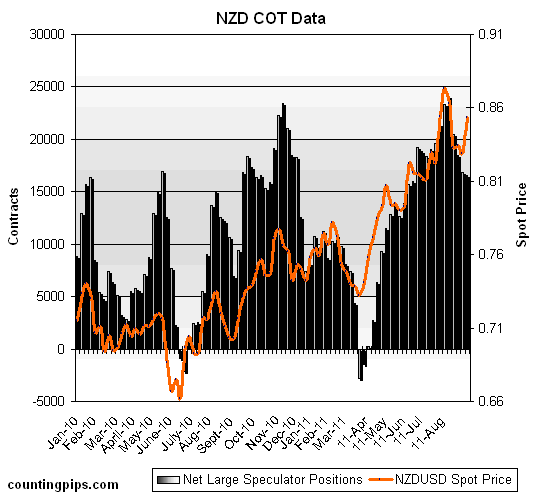By Shanker Kukereja
The Forex Online Trading facilities in India have plenty of high quality benefits. One can find effective Forex Traders in India just by looking through online facilitations of Forex trading units. Forex Trading Tips are effectively put to use to bring a completely new world of trading that works in an effective and secured system requiring least time effort or investment. These come with the utilization of the basic and key concepts as well as understanding Forex Pricing.
An introduction to Forex will reveal the current FX policies, currency standards and other related units. There are different types of Forex trading system utilization processes and these include Standard, Premium, Protected and Interest Free or tailor made accounting system. Using these accounts help one to operate through ECN and get the best introduction to Forex analysis and trading systems. It uses international trading systems that utilize the different currency rates and exchange processes to bring the balance protection required for guaranteed trading systems. There are tight spreads, guaranteed stop loss, free commissioning, all time trading facilities, 24/7 account access, secure online payment methods, hedging capabilities, negative balance protection, full margin capabilities and various other beneficial processes that have been active since 2006. The Foreign Exchange Online trading system method is thus a full-on experience through which the proper support system, learning and beneficial researches of technological exchange can be understood clearly. Get ready for a completely new world of trading with online Currency Trading Tips that work effectively for you with Forex Broker India systems.
Stay up to date with Currency Trading Tips through Indian forex traders. Fxcentral Technologies help any business to get ahead with Online FX Advantage and create the most beneficial momentum in the market that stays in steady pace with the competitive international market. If you are new to applying Forex for your company, you can get all the lucid facts and facilitations through online application only. Numerous online products and applications spread through Foreign Exchange that create maximum trading benefits with minimal efforts. One can create distinct savings through these highly effective and Foreign Exchange Trader PRO advanced tools. There are no risks or obligations involved and getting started can be an easy investment process that brings the best of trading activation through Forex Trading systems in India.
Learn to utilize the market effectively through guided help and advantages from the experts at Foreign Exchange. Getting started with the online resources opens a completely new world for you and brings great trading practices and tools in the most beneficial ways. Now you can trade with the world’s largest marketers with sophisticated trading tools, practical skills, competitive resources and high advantage point activation to embark on a new level of business exchange. All these culminate together to bring the most successful business management system and network that is reliable, swift and effective. Get ahead with new and fresh trading ideas that work through this effective system. What has been working brilliantly internationally is now creating big leaps in numerous business groups in India.
About the Author
FXCENTRAL is a leading Forex Traders established with the goal of providing a wide array of trading products to individual traders, Online FX Advantage, Forex Expert Advisor











